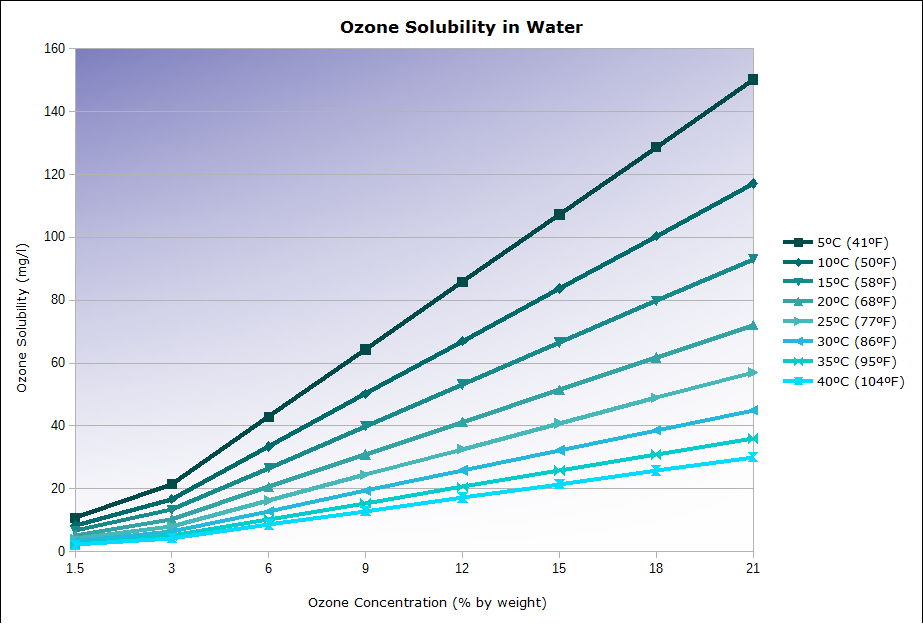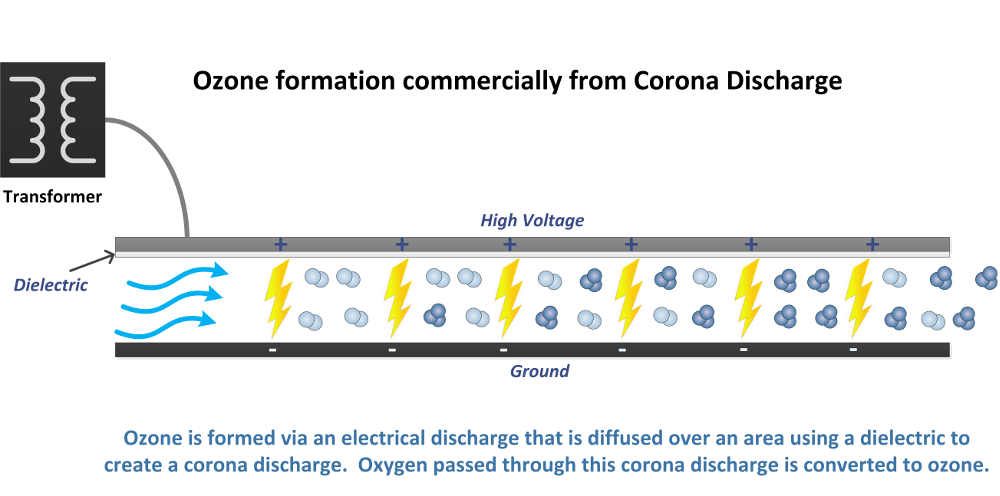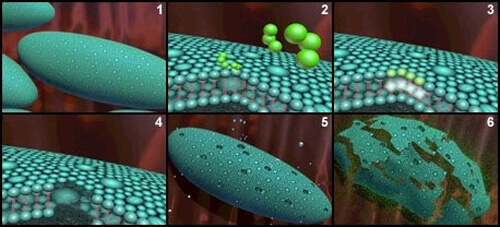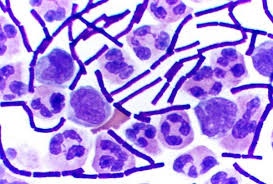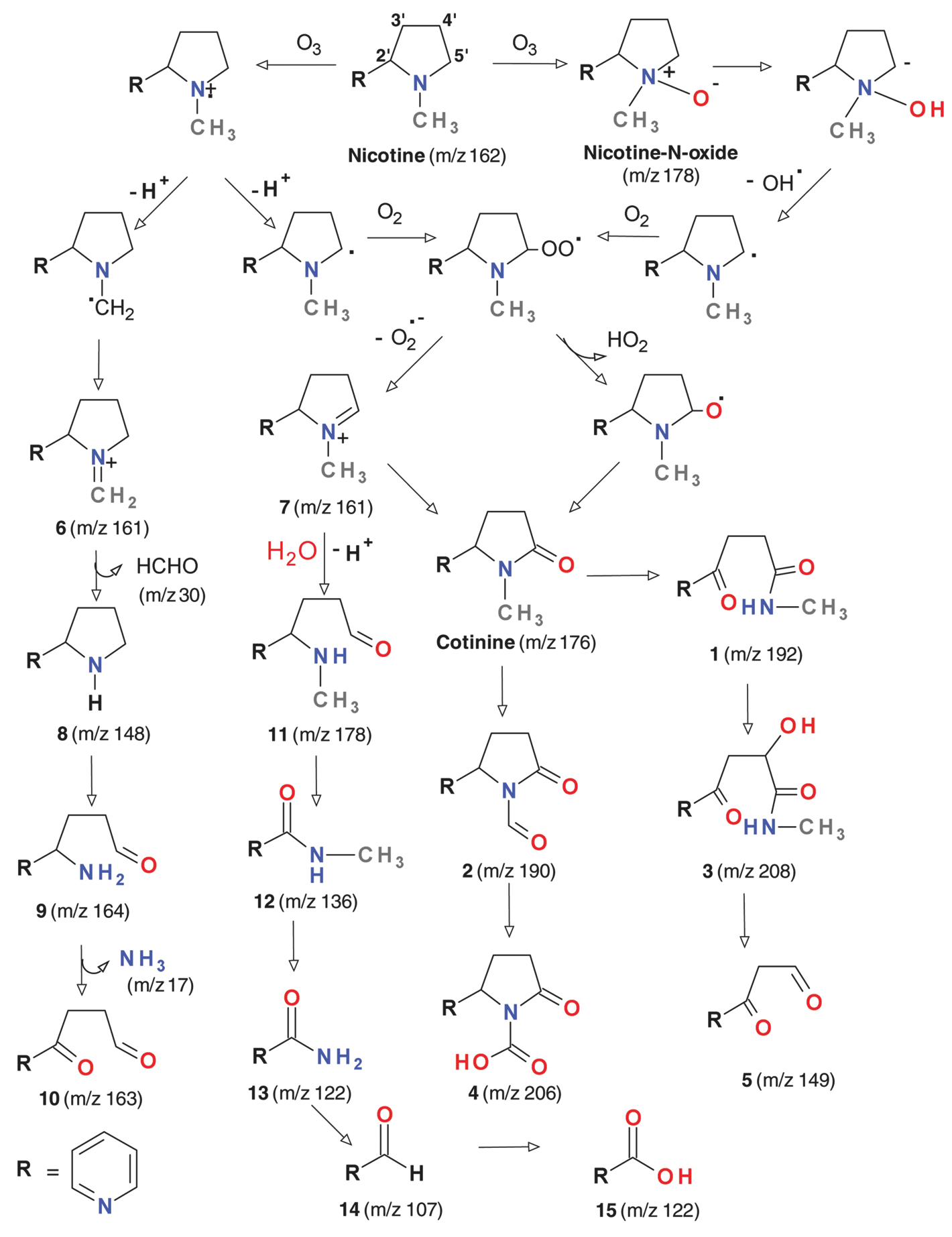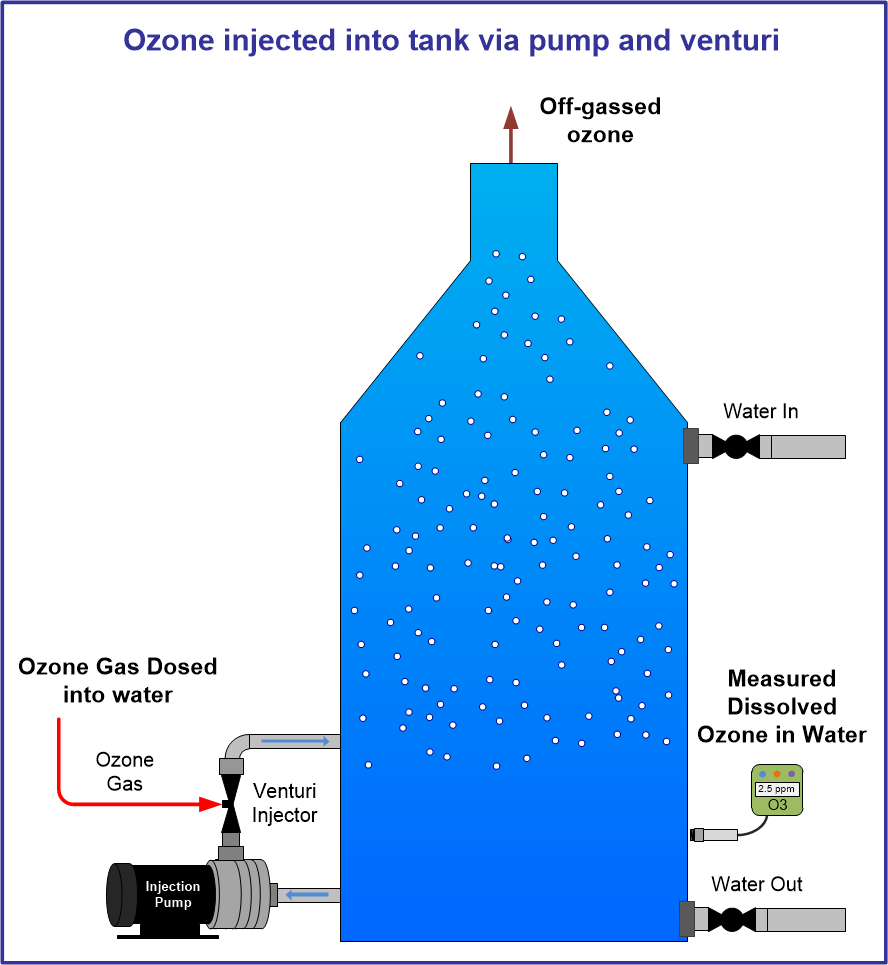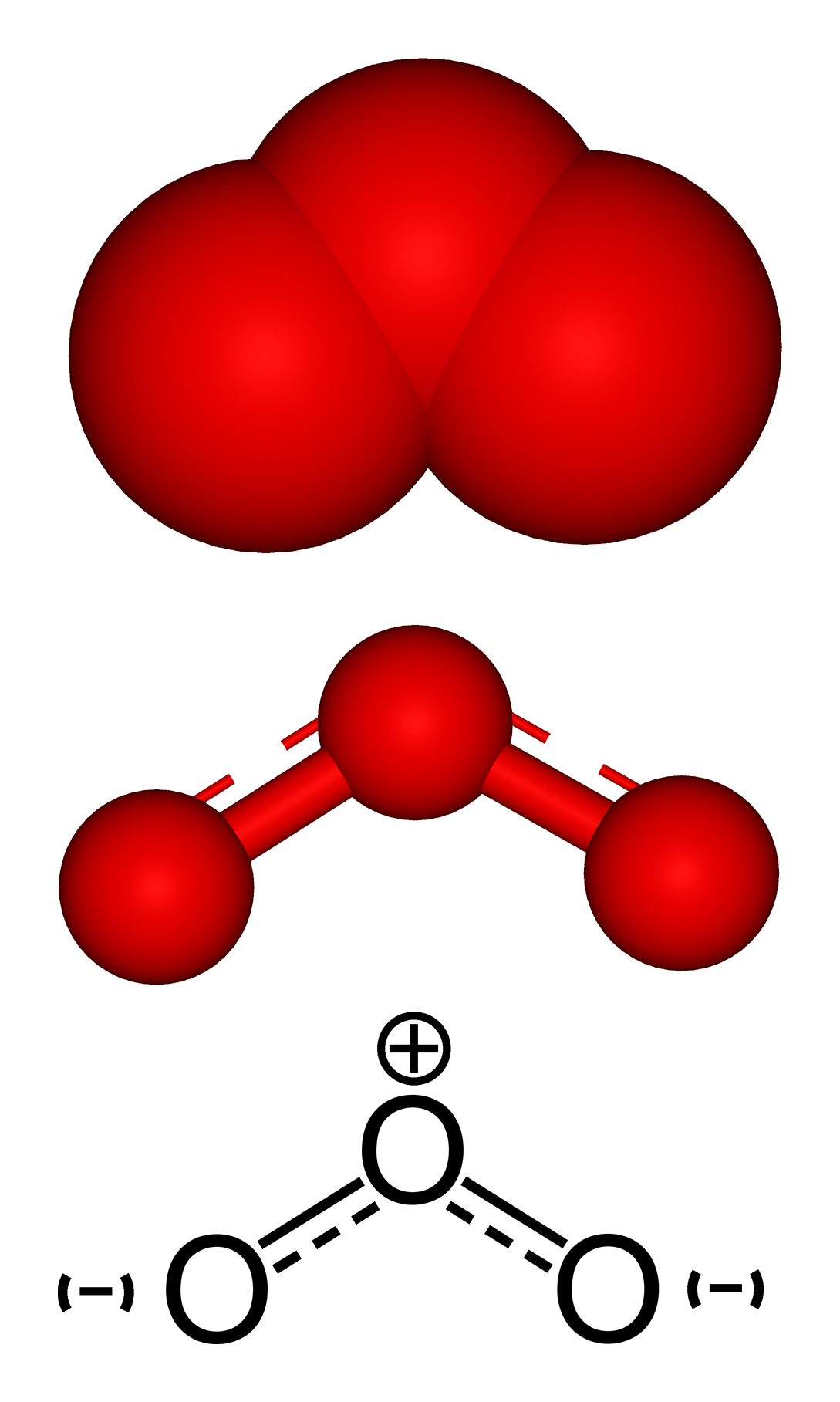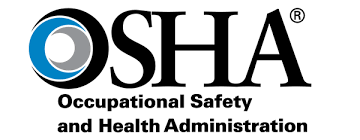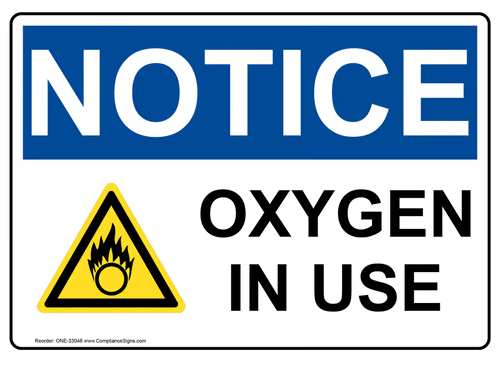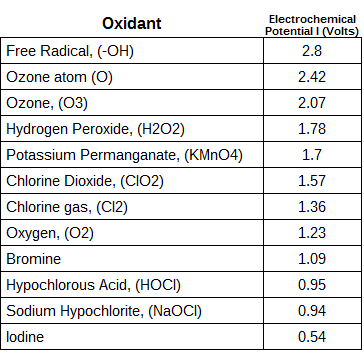Vertical Farming with Ozone
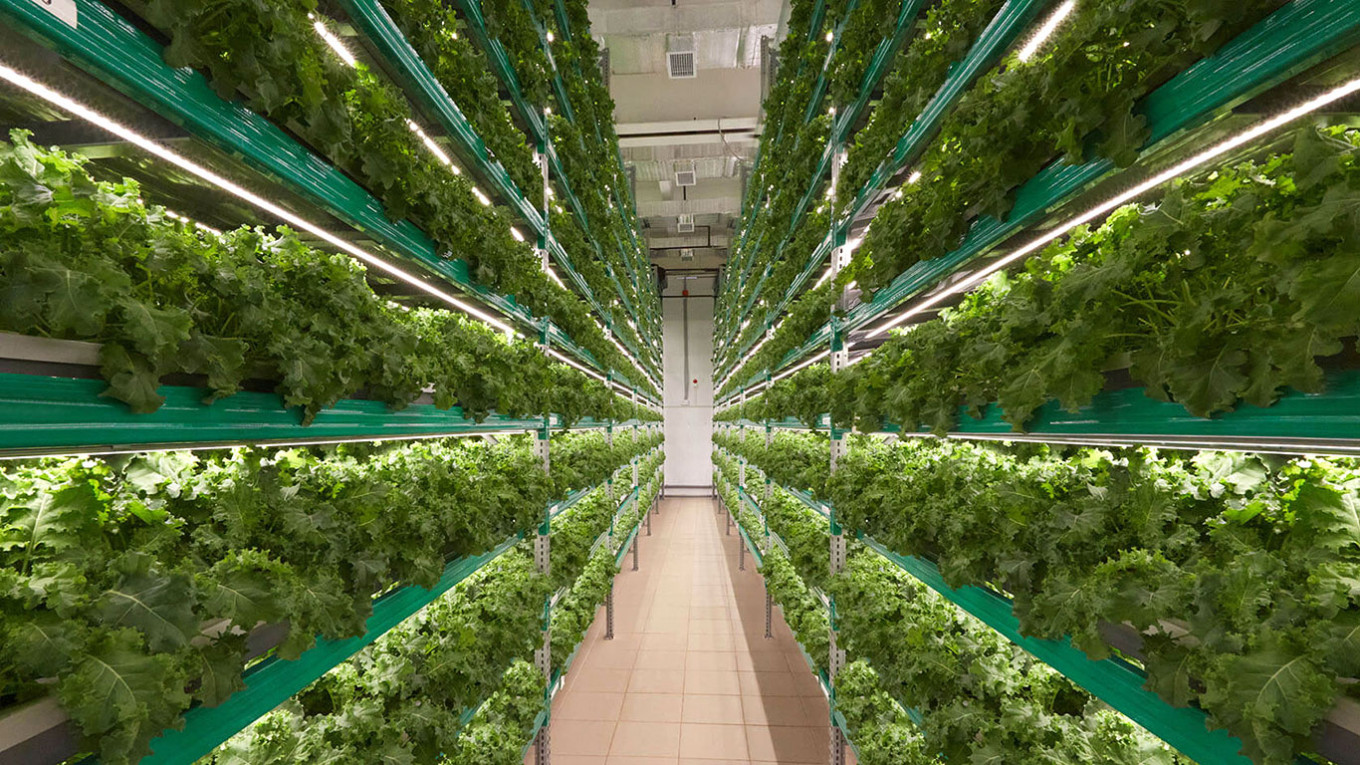
Vertical farming is the process of growing plants, primarily indoors, in vertically stacked systems. These systems will commonly incorporate hydroponic irrigation to deliver the plant s nutrients.
Ozone has many applications within vertical farming applications and has been successfully implemented in a wide variety of current operating systems. Some of the potential applications of ozone are outlined below:
Water treatment and disinfection:
-
Bacteria and pathogen control: Ozone in vertical agriculture hydroponic water, effectively kills bacteria, viruses, fungi, and protozoa in hydroponic nutrient solutions, reducing the risk of plant diseases and contamination.
-
Biofilm prevention/elimination: Ozone breaks down organic matter that contributes to biofilm formation in pipes and tanks, enhancing overall water quality and system hygiene.
-
Odor control: Ozone eliminates unpleasant odors emanating from nutrient solutions and organic matter decomposition present within a hydroponic greenhouse.
-
Well water treatment: In applications where the water supply is well water rather than supplied by a municipality ozone can be used to disinfect this water, and oxidize undesirable compounds from the water before use in the hydroponic irrigation system.
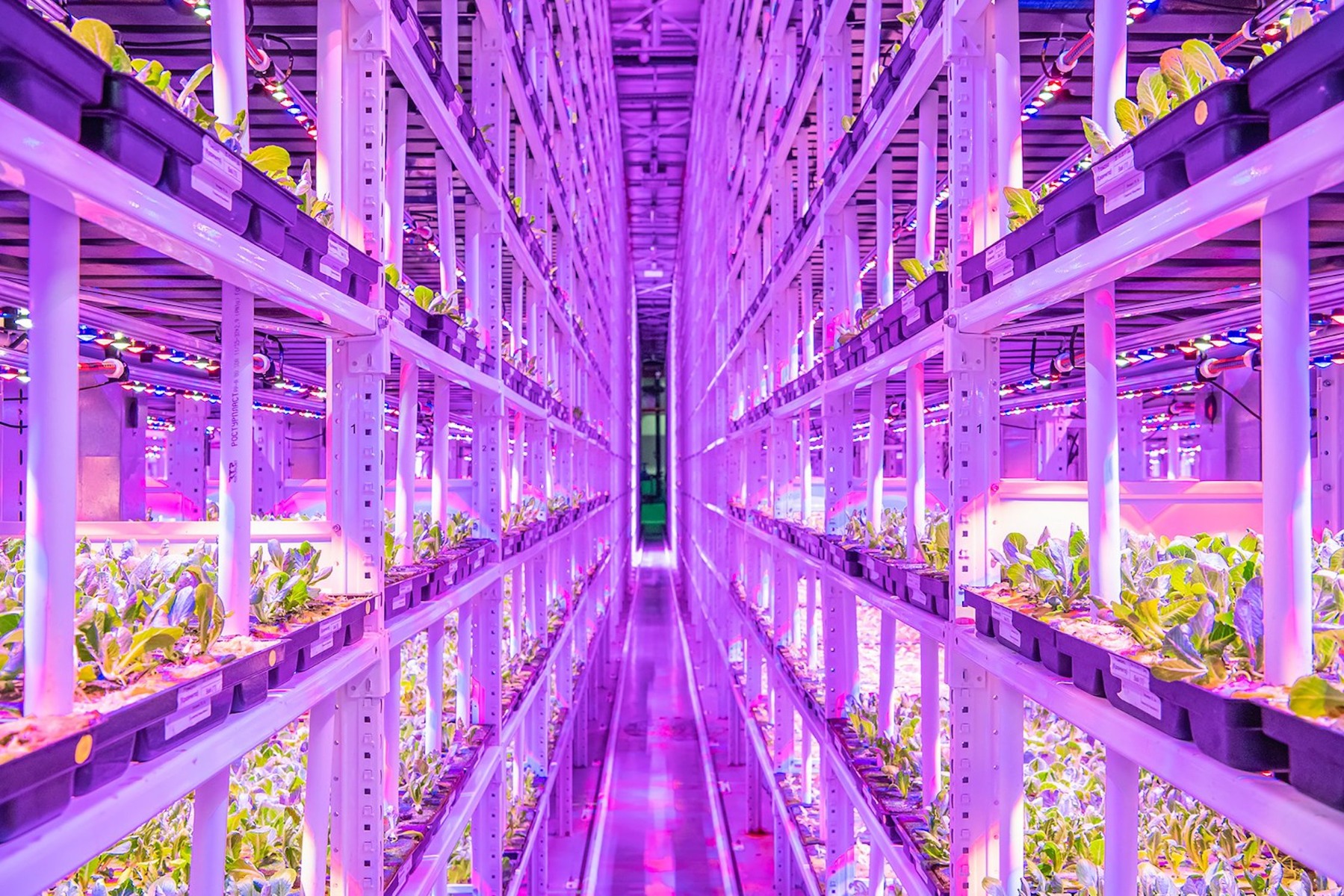
Plant health and growth:
-
Improved dissolved oxygen levels in water: Ozone is generated from oxygen, therefore both ozone and oxygen are dissolved into the water. Ozone is more soluble than oxygen in water and rapidly reverts to oxygen in water providing higher dissolved oxygen levels in water than oxygen alone. Higher dissolved oxygen levels increase dissolved oxygen levels for better plant root growth and respiration.
-
Nutrient uptake enhancement: Ozone oxidizes certain nutrients, making them more readily available for plant absorption, potentially leading to higher yields and improved quality.
-
Stress resistance: Ozone may stimulate plant defense mechanisms, potentially increasing resistance to abiotic stresses like water scarcity or temperature extremes.
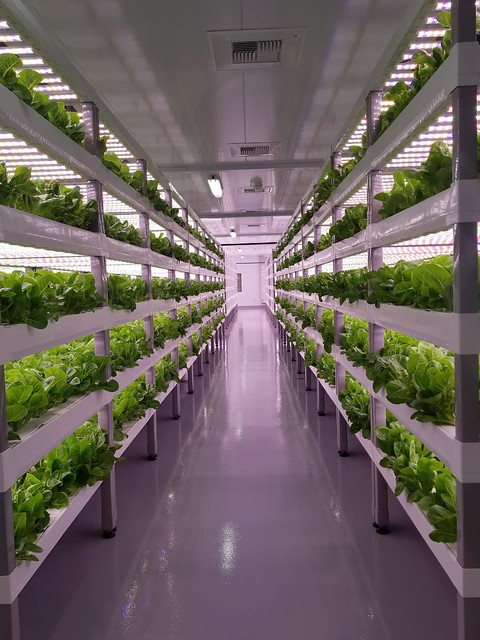
Financial and Environmental benefits:
-
Reduced chemical use: Replacing chlorine or other disinfectants with ozone minimizes dependence on harsh chemicals, promoting more sustainable practices.
-
Water conservation: Ozone treatment allows for the reuse of hydroponic water by eliminating harmful microorganisms, potentially reducing water consumption.
-
Organic farming compatibility: Ozone aligns with organic farming principles by avoiding chemical disinfectants and potentially enhancing natural plant defenses.
Design Considerations:
-
Proper ozone dosage is crucial: Excessive ozone levels can damage plant tissues and roots or overoxidize some nutrients added to the water. Careful monitoring and controlled application are essential.
-
Human Safety: Ozone in water is safe. However, ozone in the air we breathe can cause respiratory complications. It is important to ensure ozone leak sensors and safety controls are in place.
Overall, ozone presents a promising avenue for enhancing efficiency, productivity, and sustainability in vertical farming applications. With careful implementation and continued research, ozone has the potential to revolutionize the way we grow crops without soil.
Ozone System Examples:
Diagram below of a typical installation of an ozone system in a recirculating Hydroponic irrigation system for vertical farming applications. This diagram is provided as an example only. For specific integration advice please contact our office.
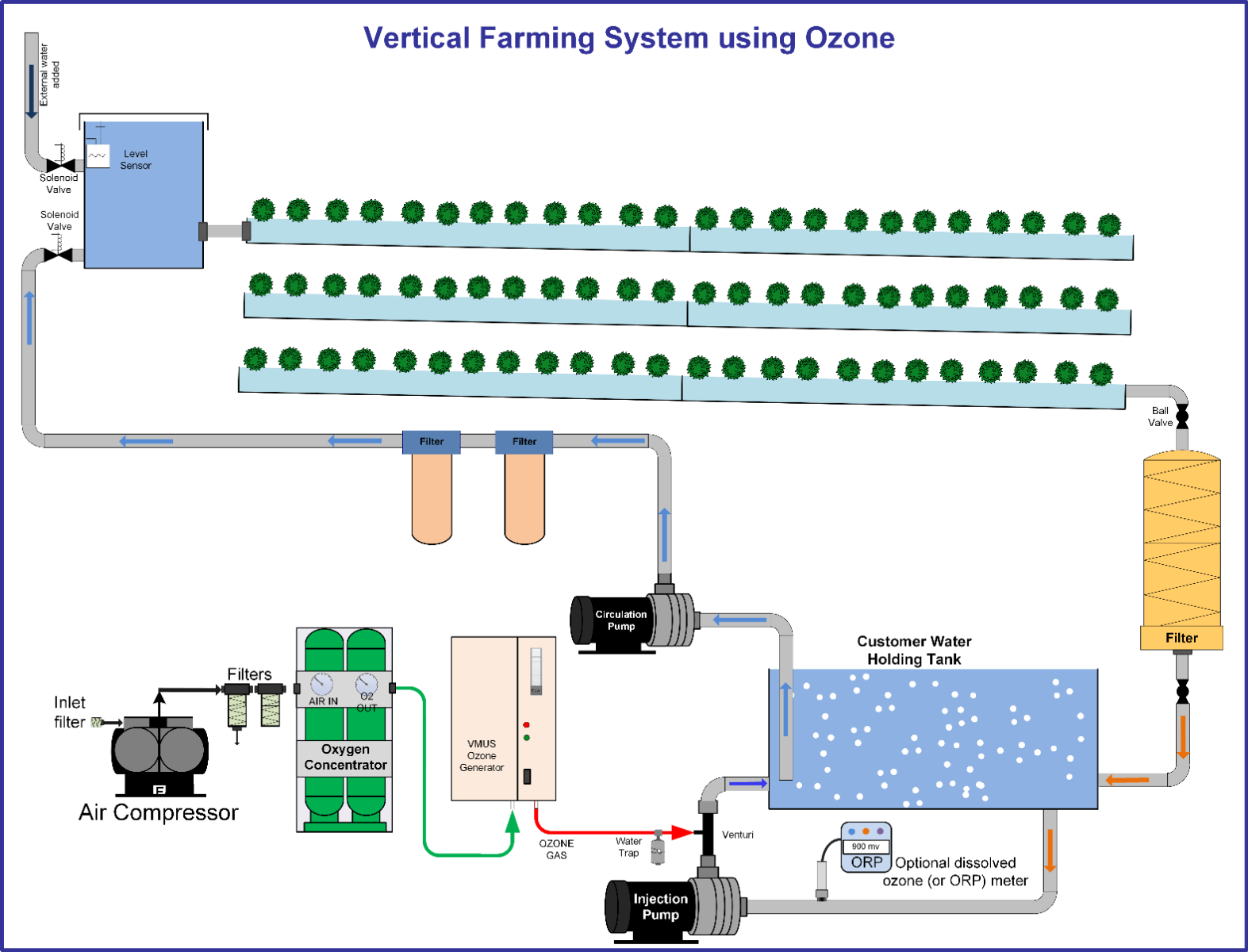
The image below is of an OXS-80 ozone water system installed to disinfect irrigation water entering the hydroponic system from a well water source. This system is used to treat water as it flows from the well into water-holding tanks.
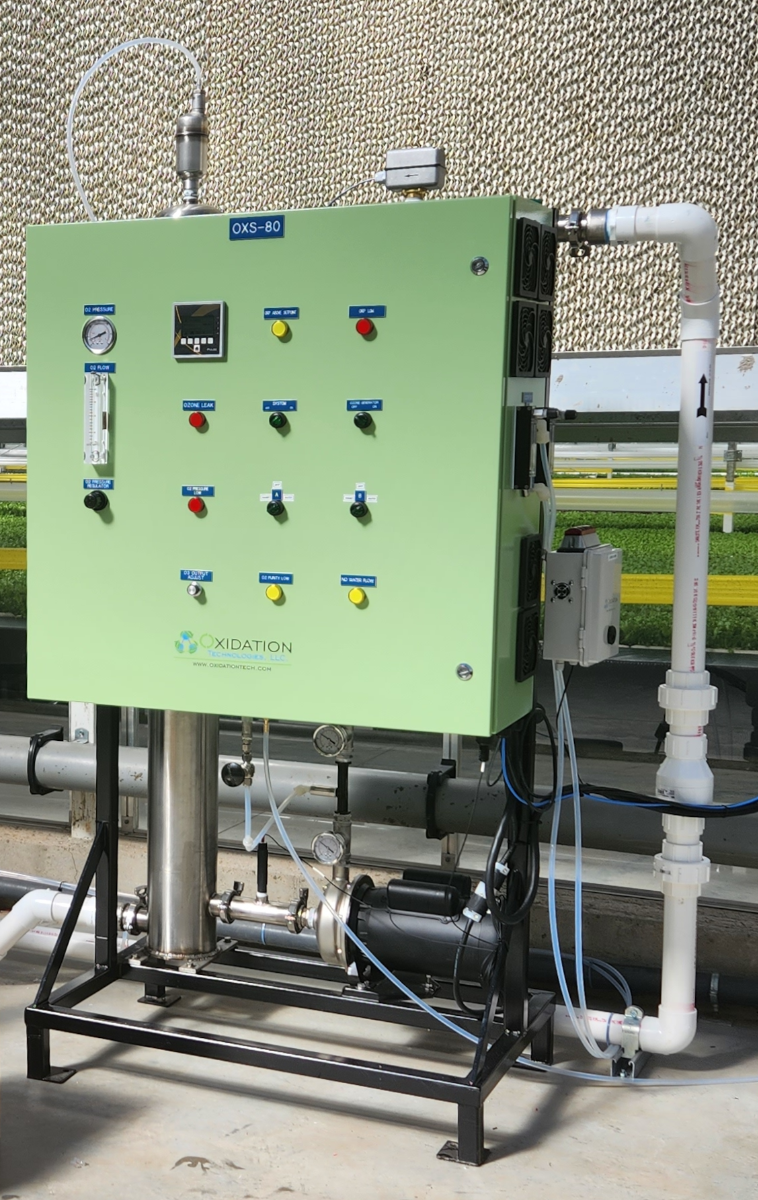
Below is an image of an ozone system that can be used for both well water treatment and sanitation applications in one package.
This system has a larger 30 gallon contact tank to treat high water flow-rates of incoming water with low ozone dosages for disinfection purposes. The 30-gallon tank will provide sufficient contact time with ozone to achieve disinfection with ozone. An ORP meter is used to measure and control ozone levels in water.
The smaller ozone mixing tank will provide lower water flow rates with a high dissolved ozone level (>2.0 ppm) to be used for surface sanitation applications. A dissolved ozone meter is used to measure and control ozone levels in water real-time.
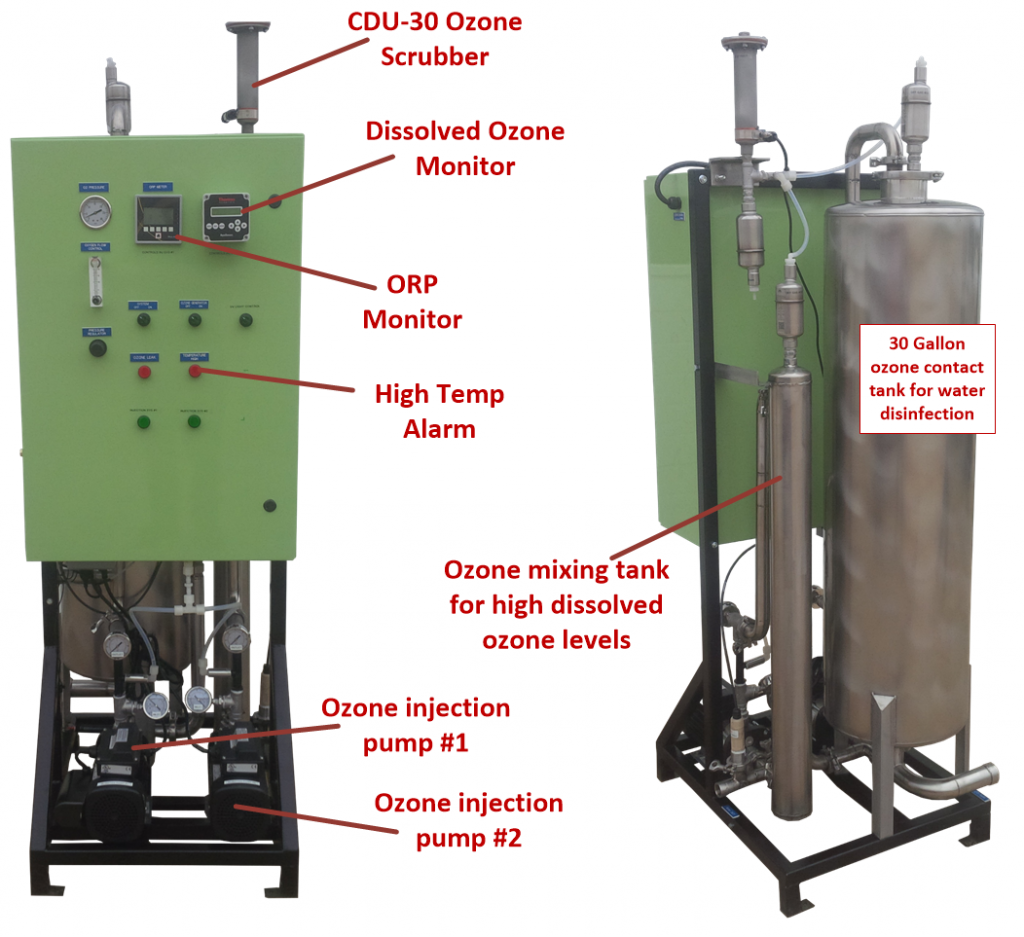
Below is an image of an ozone injection system that will dissolve ozone into water, but also includes ozone gas outlets to be used for room disinfection, odor control, or other ozone gas applications. An HMI touchscreen panel offers control of the ozone outputs via timers, and ozone monitors measuring ozone levels in each location.
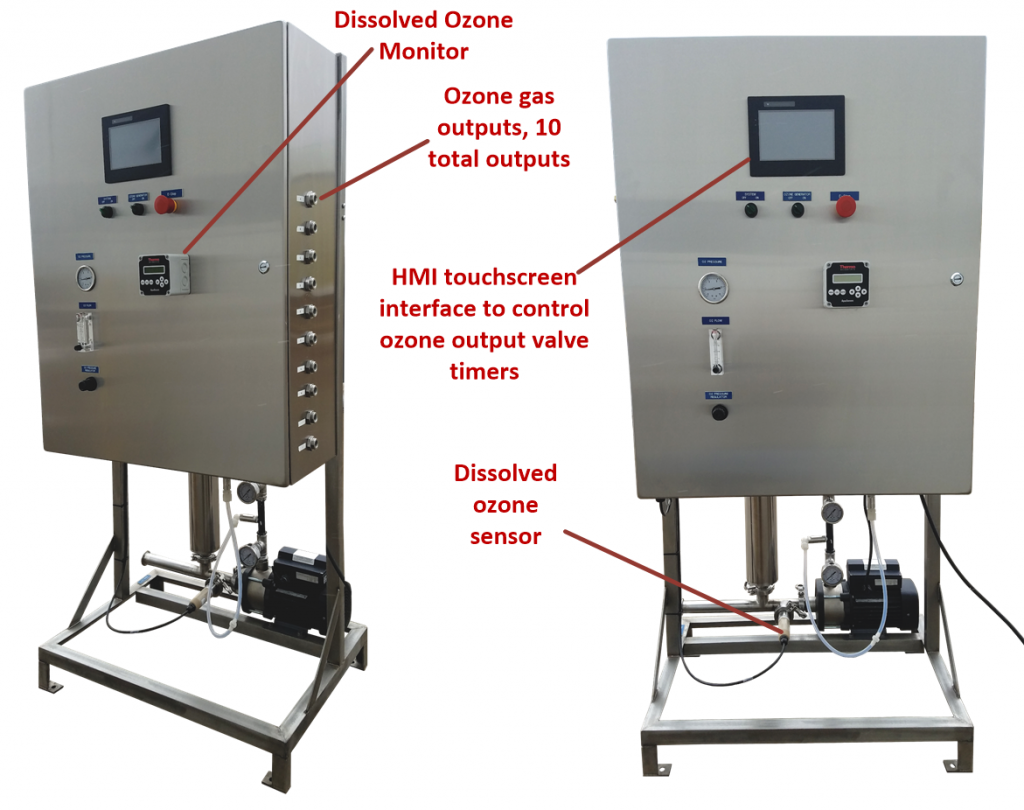
Video Examples:
The Video below showcases one of our ozone systems used within an operating vertical farming application!
White Papers and References Below:
Below is a list of compiled white papers and references regarding the use of ozone in hydroponic greenhouse applications.
Should you have additional questions, or desire other references, please contact our office.
Nutrient Solution Prepared with Ozonated Water does not Damage Early Growth of Hydroponically Grown Tomatoes
Authors: Keiko Ohashi-Kaneko, Mari Yoshii, Takeshi Isobe, Jong-Seok Park, Kenji Kurata &
Abstract
Ozonated water as a water source for nutrient solution was investigated in hydroponically grown tomatoes. Nutrient solution was prepared by diluting concentrated nutrient solutions with ozonated water with dissolved ozone (DO3) concentrations of 0 to 10 mg L−1. Manganese concentration in the nutrient solution decreased with increasing DO3 concentrations. Initial growth of tomato plants supplied with nutrient solution prepared with ozonated water with a DO3 concentration of 1.5 mg L−1 was greater than that with a DO3 concentration of 0 mg L−1. These results indicate that ozonated water can be used as a disinfectant for source water in hydroponics during the early growth stage of tomatoes.
https://www.tandfonline.com/doi/abs/10.1080/01919510802587523
Research Note: Inactivation Efficiency of Ozonated Water for Fusarium oxysporum Conidia Under Hydroponic Greenhouse Conditions
Authors: Noriyuki Igura, Masatoshi Fujii, Mitsuya Shimoda & Isao Hayakawa
ABSTRACT
Ozonated water was used for inactivation of Fusarium oxysporum conidia in sterilized water and inorganic soil-less nutrient medium at different treatment temperatures. F. oxysporum conidia were effectively inactivated in both water and nutrient media and the inactivation curves were almost same at 15°C, 25°C and 30°C. Approximate 4-log orders of F. oxysporum conidia were killed when the ozonated water with initial ozone concentration of 1.0 ppm had been used. The surviving curves, however, were characterized by a tailing-off effect, and the effect was related to the residual ozone concentration in the ozone treated suspensions.
https://www.tandfonline.com/doi/full/10.1080/01919510490507937
Effect of Ozonated Nutrient Solution on the Growth and Root Antioxidant Capacity of Substrate and Hydroponically Cultivated Lettuce (lactuca Sativa)
Author: Liang Zheng, Chao Liu & Weitang Song
ABSTRACT
Ozone is one of the potential high-effective oxidants for the disinfection of nutrient solution. However, ozone residue in aqueous state in the nutrient solution could be a stress factor for the crops cultivated. In order to address the effects of dissolved ozone concentration (DOC) on the growth and antioxidant profile of lettuce, nutrient solution with DOC of 2.0 and 4.0 mg L−1 was applied to the two soilless cultivation methods (substrate and hydroponic cultivation). Based on our results, we conclude that the nutrient solution with DOC up to 4.0 mg L−1 resulted in no negative impact on the development and root antioxidant of the lettuce, which suggest ozonation of the nutrient solution is applicable as an alternative disinfection method with the purpose of reducing the waste of water resources and chemical residual of traditional disinfectants.
https://www.tandfonline.com/doi/abs/10.1080/01919512.2019.1668256
Effects of Ozonation on the Viability of Fusarium Oxysporum Conidia in Hydroponic Nutrient Solutions
Authors: Nahed Msayleb, Ramesh Kanwar, Huaiqing Wu & J. (Hans) van Leeuwen
ABSTRACT
An ozonation study was conducted for inactivating Fusarium oxysporum, which causes Fusarium wilt, the most serious soil-borne disease in hydroponic cultivation systems. Samples of conidial suspensions of F. oxysporum were treated with ozone gas generated at two ozone gas-phase compositions: oxygen feed and air feed. Oxygen feed ozonation resulted in 0% viability of the pathogen for all ozone dosages tested, including the lowest measurable ozone dosage of 1 mgO3/L. For air feed ozonation, multiple regression with the Akaike information criterion (AIC) for model selection was used to find the effects of the ozone dosage O3
(mgO3/L) and the duration of ozonation (time), O3 (min), on the viability (%) of the pathogen at 5 °C and 21 °C. At 5 °C, the viability was found to be linear in O3; at 21 °C, the viability was linear in O3 and quadratic in O3, and the interaction of O3 and O3
was also found to be significant.
The novelty of this study was to use oxygen as feed gas for ozonation for disinfestation of Fusarium oxysporum. This is a significantly different approach from any previously published work on fungal plant pathogen disinfestation. Ozonation with air feed was effective only at high ozone dosages and low temperature (5 °C). The findings of this research clearly show and imply that high-concentration ozone, carried by oxygen feed, is an efficient and sustainable alternative to chemical fungicides in the treatment of Fusarium wilt in hydroponic nutrient solutions because ozone decomposes quickly to oxygen, resulting in an environmentally safe and nontoxic residue.
https://www.tandfonline.com/doi/full/10.1080/01919512.2021.1928476
Intermittent Root Flushing with Ozonated Water Promotes Growth of Japanese Mustard Spinach (Brassica rapa var. perviridis) grown in a Nutrient Film Technique Hydroponic Culture—Preliminary Results
Authors: Masahisa Ishii, Vu Phong Lam, Kazuhiro Fujiwara & Jong Seok Park
ABSTRACT
Japanese mustard spinach with 4–5 unfolded leaves were transplanted in a nutrient film technique hydroponic system to investigate the effects of washing roots intermittently with ozonated water (OW) on plant growth. The high concentration of OW generated electrolytically was mixed in the nutrient solution tank, showed 5.8 mg.L−1, and circulated through the culture beds for 1 h every week. After washing the roots with OW or tap water (TW) as a control for 1 h, Otsuka house A solution (NO3-N: 16.8 me.L−1, NH4-N: 1.8 me.L−1, P: 5.1 me.L−1, K: 8.6 me.L−1, Ca: 8.2 me.L−1, Mg: 3.0 me.L−1) at 1.2 dS.m–1 was provided for plant cultivation in hydroponic culture systems. The OW or TW was replaced every week. The fresh and dry weights of the leaves, number of leaves, leaf length, and leaf width of plants treated with OW were significantly higher than those of the plants treated with TW at 1, 2, and 3 weeks after transplanting (WAT). The ratio of the shoot and root dry weights at 1, 2, and 3 WAT was significantly higher in plants grown in the OW flushing treatment compared with the control treatment. However, the roots dry weights were not significantly different between the OW- and TW-treated plants. Moreover, the number of coliform bacteria and aerobic plate count (APC) in the solution and plants were not significantly different between the two treatments. These results indicate that washing roots intermittently with 5.8 mg.L−1 dissolved ozone concentration of OW for 1 h per week promotes aerial plant growth without physiological disorder and is not accompanied by a decrease in the number of coliform bacteria and APC in the solution and plants.
https://www.tandfonline.com/doi/full/10.1080/01919512.2021.1967723
Ozonated Nutrient Solution Treatment as an Alternative Method for the Control of Root-Knot Nematodes in Soilless Cultivation
Authors: Liang Zheng, Qi Yang & Weitang Song
ABSTRACT
Root-knot nematodes (Meloidogyne incognita) are plant parasitic worms that widely influence the agricultural production including soilless cultivation. In this study, we investigated the inactivating effect of ozonated nutrient solution on the root-knot nematode juveniles in both nutrient solution and substrate, as well as the in vitro egg hatching. The results showed that twice ozonation treatments with dissolved ozone concentration (DOC) at 0.5 mg/L resulted in a mortality at 90.8% for in vitro study. DOC of 4.0 mg/L with three treatment repeats in the substrate experiment resulted in a mortality at 88.3%. Our results imply that the application of ozonated nutrient solution might be a feasible method in soilless cultivation for the control of root-knot nematodes. In practical application, ozonation treatment should be conducted with appropriate DOC and treatment repeats.
https://www.tandfonline.com/doi/full/10.1080/01919512.2019.1695580
Research on the Feasibility of Spraying Micro/Nano Bubble Ozonated Water for Airborne Disease Prevention
Authors: Huaming He, Liang Zheng, Yafei Li & Weitang Song
Abstract
This research combined micro/nano bubble techniques with ozone disinfection to determine feasibility of applying micro/nano bubble ozonated water in preventing tomato airborne disease. Results indicated that dissolving ozone in micro/nano bubbles is more efficient than using a mixing pump. In our in vitro studies, when dissolved ozone concentration was 1.6 mg/L, a 5.2 to 3.3 log reduction in Alternaria solani Sorauer conidia was observed; with concentration of 1.8 mg/L, there was a 5.0 to 3.7 log reduction in Cladosporium fulvum conidia. Furthermore, spraying ozonated water in a certain concentration range (0.6–1.8 mg/L) had no significant negative effects on tomato growth.
https://www.tandfonline.com/doi/full/10.1080/01919512.2014.913473
Effects of Spraying Ozonated Water on the Severity of Powdery Mildew Infection on Cucumber Leaves
Authors: Kazuhiro Fujiwara & Takuya Fujii
Pages 463-469 | Received 20 Mar 2002, Accepted 02 Aug 2002, Published online: 24 Oct 2007
Abstract
Effects of spraying ozonated water on the severity of powdery mildew infection, visible disorder/injury occurrence, and net photosynthesis in cucumbers were investigated. The severity in the ozonated water treatment was contained to almost the same level throughout the 14-day period of the experiment, while the severity steadily increased in the non-treated control and distilled water treatment. Neither visible disorder/injury on the leaves nor a large difference in net photosynthesis between before and after spraying the ozonated water was observed. The results indicate that ozonated water can be at least a partial alternative to agricultural chemical fungicides for powdery mildew on cucumber leaves.
https://www.tandfonline.com/doi/abs/10.1080/01919510208901635



